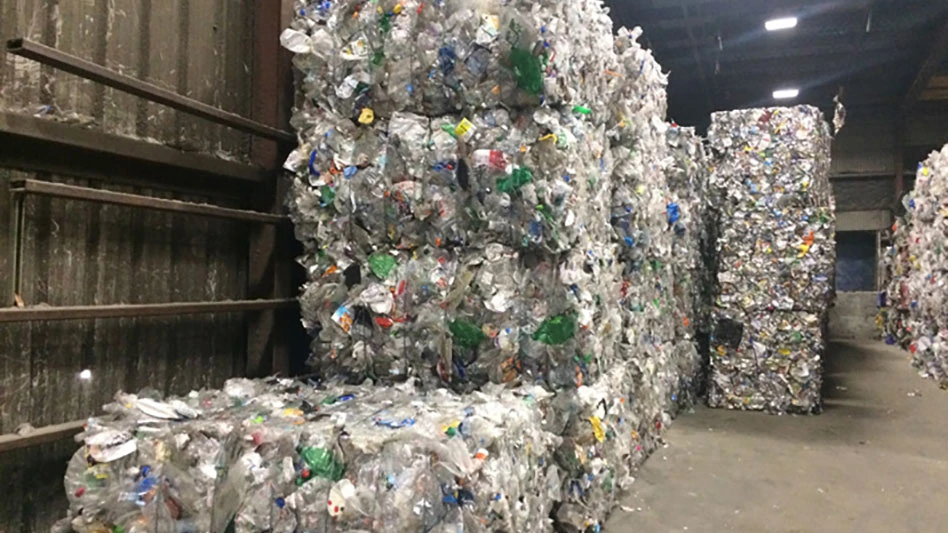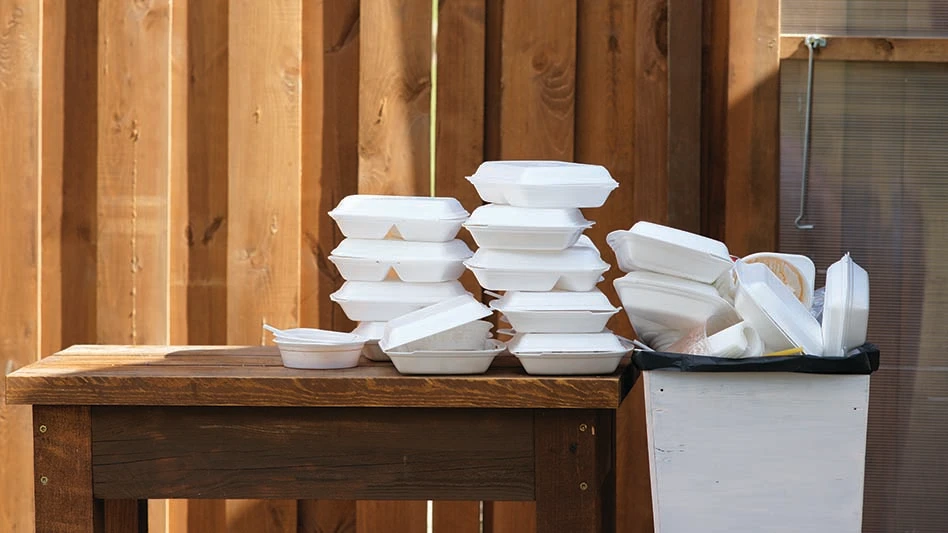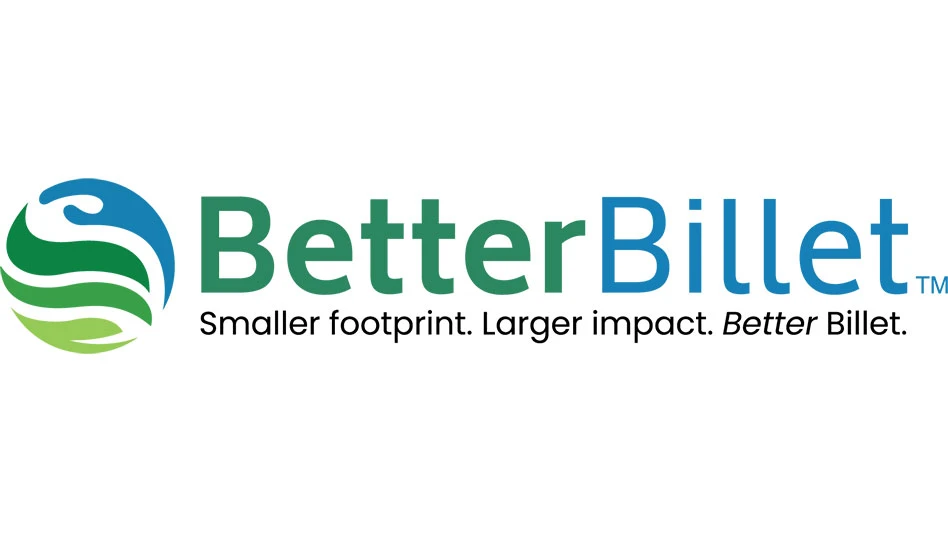Compared with copper or ferrous scrap, aluminum recently has had a reputation as being more stable in terms of pricing. An analyst who spoke at the Spotlight on Aluminum session at ISRI2017, the annual convention of the Washington-based Institute of Scrap Recycling Industries Inc. (ISRI), predicted that aluminum likely will trade in its accustomed range throughout 2017 because of push and pull between positive and negative factors.
Mike Southwood, who works in the Pittsburgh area for London-based CRU International Ltd., said many risks and factors could cause aluminum pricing to rise or drop sharply. However, he said he sees $1,830 per metric ton as the average price for aluminum in 2017, within the range it has largely traded in the past three years (though toward the upper end of it).
Southwood said that while some forecasters have predicted higher prices based on China’s vow to stifle aluminum output later in 2017 as part of its anti-pollution efforts, CRU more recently has become more “bearish for the second half of 2017” because of its prediction that “environment-related cuts in China will be less than expected.”
“Fundamentals still count. Supply and demand eventually prevail.” – Edward Meir, INTL FCStone, New York
That bearishness occurs even though aluminum is gaining ground in automotive sheet applications, and CRU sees demand outlook in North America for rolled products and extrusions as “relatively positive.”
U.S.-based scrap dealers experienced a rise in the value of the Midwest premium to an average of 10 cents in the first quarter of 2017. Southwood said he sees the premium drifting toward 10.5 cents by the end of 2017 and up to as much as 12 cents in 2018.
He also noted that in December 2016 and early 2017, the U.S. experienced its “first year-on-year gains of aluminum scrap exports to China since November 2013,” helping to provide some of the upward momentum for scrap prices.

On the other hand, scrap imports to China have “collapsed,” said Edward Meir, a commodity research analyst with INTL FCStone, New York, who spoke at the ISRI2017 Spotlight on Copper session. “In 2012, the Chinese imported almost 5 million [metric] tons of scrap. Last year, they imported 3.3 million, and it has been steadily declining over the years.”
He said China is generating more scrap internally, which could be a factor in declining imports.
The outlook for copper scrap through the end of 2017 is uncertain, depending in part on strikes that might occur in the mining sector, Meir said.
Copper pricing will range from $2.45 to $2.70 per pound between late April and October, he said. “Around October is when we get the next wave of labor negotiations,” Meir added, referring to copper mining companies. “If we get strikes again or walkouts … 1.5 million [metric] tons of copper could be in jeopardy.”
If strikes occur, the price of copper could reach $2.85 per pound by the end of the year, he said. Otherwise, he expected prices to range from $2.36 to $2.56 per pound.
The U.S. experienced its “first year-on-year gains of aluminum scrap exports to China since November 2013,” helping to provide some of the upward momentum for scrap prices. – Mike Southwood, CRU International Ltd., Pittsburgh
Regarding China’s demand, Meir said he was concerned. He predicted real estate will be less of a driver for copper consumption in that country in the second half of 2017.
Exchange-traded funds have had a growing influence on copper prices, he said. “In the early 1990s, most of the business was concentrated in the hands of commercial accounts—producers, consumers, scrap yards—people who really needed to hedge in the traditional point of view.”
Meir said when commercial activity was in its heyday, copper prices moved in accordance with stocks. “As stocks went up, copper prices … would fall.”
Today, however, he said there is almost a 90 percent correlation between funds’ actions and copper prices.
Even so, Meir said, “Fundamentals still count. Supply and demand eventually prevail.”
Tom Metos, manager of Kennecott Utah Copper LLC, a Rio Tinto subsidiary based in South Jordan, Utah, said the copper mining industry is arriving at a supply deficit, with exchange inventories below 600,000 metric tons as of late April.
He predicted U.S. demand for copper increasing as lead water service lines are replaced by copper lines. Up to 300,000 tons of copper would be needed to replace these lines, Metos said.
ISRI2017 was at the Ernest N. Morial Convention Center in New Orleans April 22-27, 2017.

Explore the June 2017 Issue
Check out more from this issue and find your next story to read.
Latest from Recycling Today
- GFL opens new MRF in Edmonton, Alberta
- MTM Critical Metals secures supply agreement with Dynamic Lifecycle Innovations
- McClung-Logan Equipment Company joins Tana’s authorized dealer network
- Grede to close Alabama foundry
- Plastics Recycling Conference 2025: Working toward their targets
- SWACO rolls out new commercial recycling and food waste programming
- Updated: Matalco to close Canton, Ohio, plant
- Metso launches electric Anode Weighing and Casting Machine





